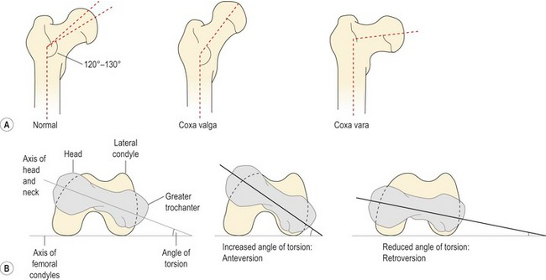
Squat’s Your Problem?
People come in all shapes and sizes and yet I regularly come across individuals who are attempting to use a one size fits all approach towards their squat technique. Naturally this encounter between chiropractor and patient is often the result of some frustration from a limited ability to squat or from pain and dysfunction developing from an inappropriate technique for that individual.
If you have difficulty with your squat technique or would simply like to improve then read on, Hawkesbury Sport and Spine chiropractor Dr Mark Smith discusses natural hip variances and the need to modify your squat setup accordingly.
We wouldn’t try to fit a round peg in a square hole, nor should we attempt to squat in a manner that does not suit our individual bodies. So it is time to do away with the textbook squat. But first in order to understand why, we must refer to the textbooks for some ‘Anatomy 101’. The hip is a ball and socket joint, comprised of the acetabulum (pelvis) and head of the femur (thigh). It is the articulation between the upper body and the lower limb and subsequently is designed for weight bearing with an emphasis on stability at the expense of mobility. With a predisposition to restriction, the hip joint can be further influenced by the natural variances which occur within the joint.
Femoral angle of inclination
Coxa vara <120°
Normal 120-125°
Coxa valga >125°
Femoral angle of torsion
Retroversion <12°
Normal 12-15°
Anteversion >15°

Throw into the mix the varying depths/orientations of the hip socket and lengths of the femoral neck and femur and it is easy to see the need for individual movement patterns to suit the very unique hip joint.
Now I hear you asking, how do you have the X-ray vision superpower like ability to determine the anatomy of your own hip? Well they say that not all heroes wear capes and it just so happens that our we are able to do just that! A number of tests can be used to help determine the individual variances of your hip joint and subsequently how it is going to perform at its best. By understanding this information a suitable squat setup can be recommended to allow you to perform it in a manner which will allow you to get the most out of your lifts!
Ultimately don’t worry if your squat positioning isn’t textbook, be comfortable to modify your setup to allow the performance of the most effective and efficient movement.